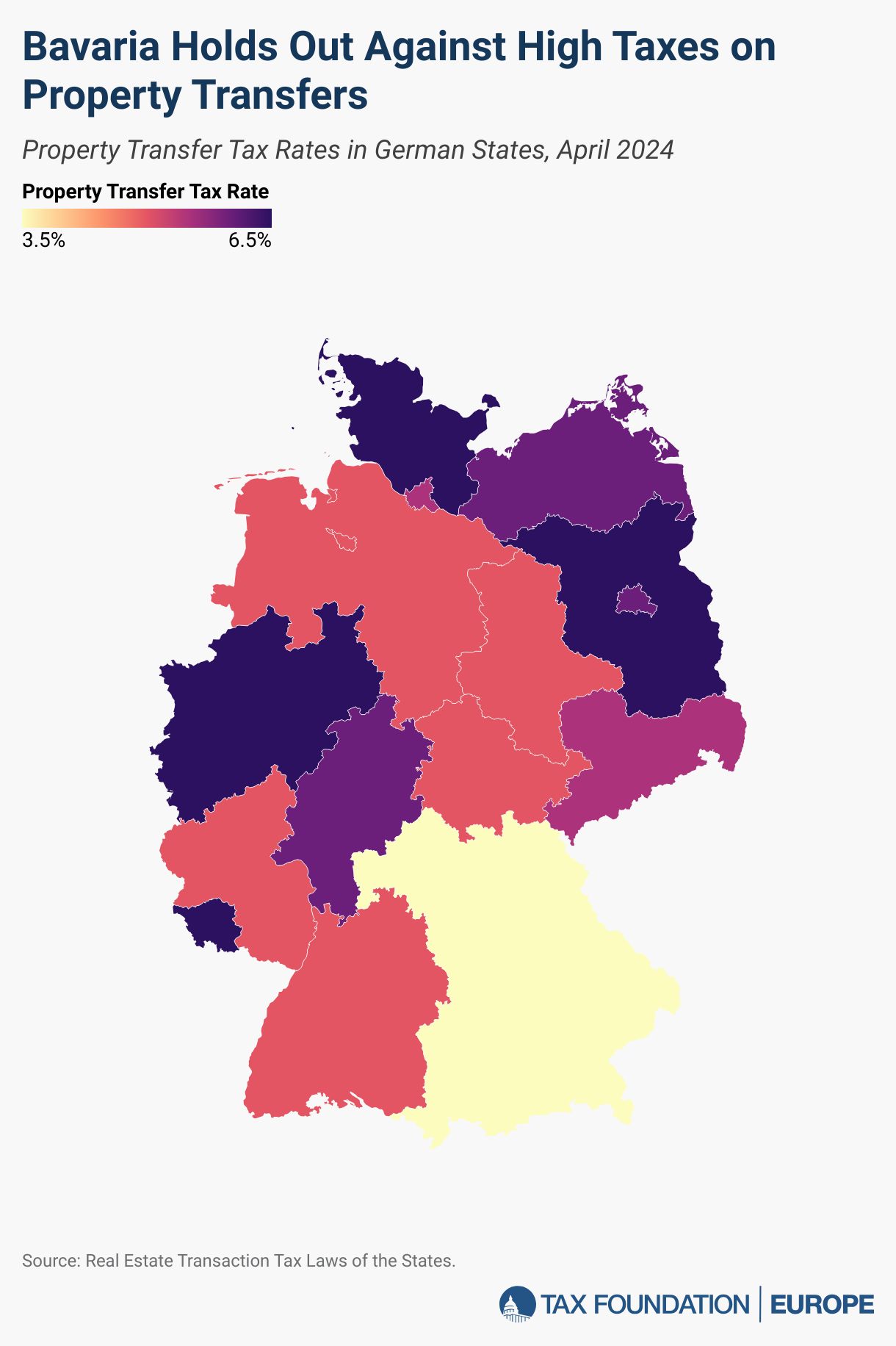Start preparing for year-end tax reporting nowAs year-end approaches, it is now time to gather information needed to properly report certain taxable fringe benefits provided to employees during 2022.
Taxable fringe benefit for the value of personal use of company owned vehiclesThe value of an employee’s use of a company owned vehicle is a taxable fringe benefit reportable on federal Form W-2 and taxable for federal income tax purposes.
This fringe benefit is currently not taxable for Pennsylvania state or PA local income tax purposes.
There are several methods to calculate the “value” of employee’s personal use of a company owned vehicle:
Annual Lease Value Method (most common)The Annual Lease Value is based on the Automobile Market Value, which is the Fair Market Value of the automobile on the first date it is available to any employee for personal use. The value is determined using Annual Lease Value Tables published annually by the IRS.
The amount of the taxable fringe benefit is the Annual Lease Value amount multiplied by the percentage of personal miles over total miles driven by the employee for the year.
Fair Market Value (FMV) for Purchased VehiclesFair market value (FMV) is the amount a person would pay to buy the automobile from a third party in an arms-length transaction and includes purchase expenses such as sales tax, and title fees and other purchase expenses.
Fair Market Value (FMV) for Leased Vehicles – Safe-Harbor RulesSafe-harbor rules allow FMV to be your cost of purchase including sales tax, title fees, and other purchase expenses. For leased vehicles, the safe-harbor FMV can be either 1) manufacturer’s invoice price plus 4% 2) manufacturer’s suggested retail price minus 8% OR 3) the retail value of the automobile reported by nationally recognized pricing source.
Additional Expenses and Excluded ItemsThe annual lease value doesn’t include the value of fuel you provide to an employee for personal use, regardless of whether you provide it, reimburse its cost, or have it charged to you. You must include the value of the fuel separately in the employee’s wages. You can value fuel you provided at FMV or at 5.5 cents per mile for all miles driven by the employee.
If you provide any service other than maintenance and insurance for an automobile, you must add the FMV of that service to the annual lease value of the automobile to figure the value of the benefit.
4-Year Lease TermThe annual lease values in the table are based on a 4-year lease term. These values will generally stay the same for the period that begins with the first date you use this rule for the automobile, and ends on December 31 of the fourth full calendar year following that date.
The annual lease value for each later 4-year period is determined by the FMV of the automobile on January 1 of the first year of the later 4-year period. If the special two-month accounting rule described below is used, figure the annual lease value for each later four-year period at the beginning of the special accounting period that starts immediately before the January 1 date of the first year of the of the later 4-year period.
Commuting MethodThe taxable fringe benefit to the employee is determined by multiplying each one-way commuting miles by the number of one-way commuting trips by $1.50.
This method is only available if all the following requirements are met:
You provide the vehicle to an employee for use in your trade or business and, for bona fide non compensatory business reasons, you require the employee to commute in the vehicle.
You establish a written policy under which you don’t allow the employee, or any individual whose use would be taxable to the employee, to use the vehicle for personal purposes other than for commuting or de minimis personal use.
The employee doesn’t use the vehicle for personal purposes other than commuting and de minimis personal use.
If this vehicle is an automobile (any four-wheeled vehicle, such as a car, pickup truck, or van), the employee who uses it for commuting isn’t a control employee.
A control employee is defined as:
A board or shareholder-appointed, confirmed, or elected officer whose pay is $120,000 or more.
A director.
An employee whose pay is $245,000 or more.
An employee who owns a 1% or more equity, capital, or profits interest in your business.
Cents-Per-Mile MethodThe value using the cents-per-mile method for 2022 is determined by multiplying the total miles the employee drives the vehicle for personal purposes by the applicable 2022 standard mileage rate. The rate was of $0.585 from 1/1/2022 through 6/30/2022 and increased to $0.625 from 7/1/2022 through 12/31/2022.
This method can only be used:
You reasonably expect the vehicle to be regularly used in your trade or business (at least 50%) throughout the calendar year (or for a shorter period during which you own or lease it).
The vehicle is driven at least 10,000 miles during the year by employees
The vehicle fair market value does not exceed $56,100, if first made available for use in 2022. See IRS tables for previous threshold limits.
Special Accounting Rule for Calculating the Value of All Non-Cash Fringe Benefits: Two Month Accounting ruleUnder a special rule, benefits provided in November and December, or a shorter period in the last two months of the year, may be treated as paid in the following year. You may only treat the value of benefits provided during the last two months as paid in the subsequent year. You do not have to notify the IRS that you are using this special accounting rule.
An employer may use this rule for some fringe benefits and not others. The special accounting period does not need to be the same for each fringe benefit. However, if an employer uses the special accounting period rule for a particular benefit, it must use the rule for all employees who receive that benefit.
Additional Compliance Documents for employee use of company owned vehiclesIn addition to the information included in this letter the following are additional suggested compliance documents to consider with respect to the employee use of company owned vehicles. Contact us to obtain any of these documents, which are also available in the Resources area in the Insights section of our website:
Employer Notification of Elections Concerning the Personal Use of Employer-Provided Automobiles (Employer Statement) – Employee acknowledgement of the taxable fringe benefit from the employee’s personal use of company provided vehicle
Vehicle Information Summary – Non-Cash Fringe Benefit Computation – form for employee to provide information necessary to calculate the value of personal use of a company provided vehicle
Written Policy Statement – Prohibiting Personal Use of Vehicles – employee consent to company policy prohibiting personal use of company owned vehicles
Written Policy Statement – Prohibiting Personal Use of Vehicles Other than Commuting – employee consent to company policy prohibiting personal use of company owned vehicles other than for commuting
Group Term Life Insurance Fringe Benefit
Another common employee fringe benefit is Group Term Life Insurance.
Under current tax law, an employer can provide up to $50,000 of group term life insurance coverage to an employee tax-free. Premiums for amounts provided more than $50,000 of coverage are taxable to the employee as wages and are subject to Social Security tax withholding.
However, the taxable group term life premiums are not subject to federal income tax withholding and are generally not subject to FUTA taxes if paid under an employer plan. Also, the premiums are generally not taxable for Pennsylvania or PA local income tax purposes. If you are using a payroll service these amounts must be reported and the appropriate taxes withheld by the last pay period of 2022.
If you are not using a payroll service and would like us to calculate the amounts that need to be included in your payroll, please provide our office with the following information before you run your last payroll for 2022:
Employee Name: ______________________________
Amount of Coverage: __________________________
Premiums Paid for 2022: ________________________
Important note if Herbein+Company, Inc. prepares Forms W-2 for your businessPlease note Forms W-2 prepared by Herbein + Company, Inc. cannot be processed until necessary information regarding these taxable fringe benefits is provided to us.
Please reach out to your trusted Herbein advisor if you have questions regarding this article OR any year-end tax reporting questions.
Article prepared by Barry Groebel























